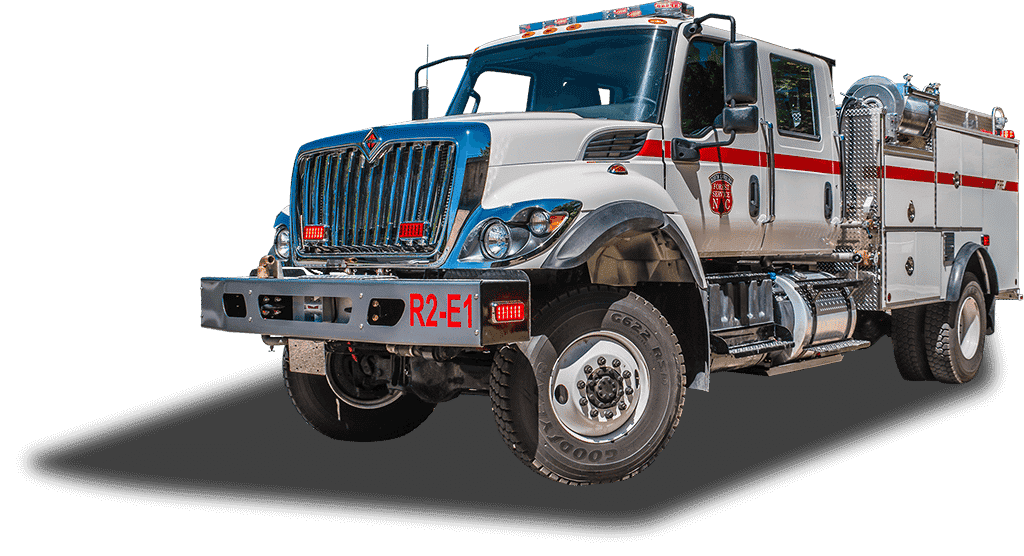California Pushes for New and Improved Utility Safety Rules Following Major Wildfires
 In the aftermath of Northern California’s most recent wildfires, which torched roughly 250,000 acres of wine country and other locations, Californian utility company PG&E has come under intense scrutiny. Concerns have arisen about the company’s possible negligence, namely downed power lines and sloppy upkeep of foliage near their equipment in some areas, may have caused or contributed to the blaze and exacerbated the disaster. As a result, California lawmakers are exploring a new set of rules and standards that could be implemented as early as mid-December. No decision has yet been made on such standards, as State agencies are still investigating to find the root cause of the blaze. However, the following policies are being explored.
In the aftermath of Northern California’s most recent wildfires, which torched roughly 250,000 acres of wine country and other locations, Californian utility company PG&E has come under intense scrutiny. Concerns have arisen about the company’s possible negligence, namely downed power lines and sloppy upkeep of foliage near their equipment in some areas, may have caused or contributed to the blaze and exacerbated the disaster. As a result, California lawmakers are exploring a new set of rules and standards that could be implemented as early as mid-December. No decision has yet been made on such standards, as State agencies are still investigating to find the root cause of the blaze. However, the following policies are being explored.
SOUTHERN CALIFORNIA REGULATIONS MAY BE EXTENDED INTO NORTHERN CALIFORNIA
Currently, California utility companies must abide by strict rules and practices in areas that have already been declared hazardous by state fire agencies. However, those areas are located in Southern California, leaving the northern reaches of the state without the same levels of protection. A new assessment of the affected regions, which suffered more than 40 deaths and potentially billions of dollars in property damage last month, could very well result in these measures being extended into northern regions.
INCREASED PATROLS OF FIRE-PRONE AREAS
The Public Utilities Commission will deliberate on the content of any adjustments to the requirements that utility companies must meet. It’s probable that such adjustments will include stepped-up patrols of areas likely to be impacted by fires. A set timetable for these inspections would ensure that they are faithfully performed as frequently as mandated, preventing any short-changing of the process.
INCREASED SPACE BETWEEN POWER LINES AND VEGETATION
Also in consideration is a dramatic increase in the required space between vegetation and power lines. Electric utilities are currently required to trim back tree branches from their lines, the minimum acceptable distance being determined by the voltage running through them. For instance, as it stands now, many rural distribution lines must have at least four feet of clearance. Under the proposed rules, lines running through areas that are at high risk for fires would now require a full 12 feet of radial clearance. These measures, though not fireproof, can serve to reduce the risk of future catastrophes such as the one last October that decimated much of Napa Valley and Sonoma County. The proposed regulations would certainly be a step in the right direction for the safety of all concerned. The downside is that PG&E and other companies will likely appeal to the Utilities Commission for rate hikes to offset the costs of compliance with any new regulations as well as any fines they are required to pay if found liable for last month’s fires. As California’s state agencies, businesses, and citizens hammer out details on what should be done and to what measure, achieving a consensus is a challenge. A workshop last June was intended to establish clear standards and practices, but of the 31 proposals discussed, only two were agreed upon. Regardless of how these proposed policies, safety rules, and standards take shape, these fires have successfully caught the attention of all the state fire and forestry agencies as well as the utilities commission. Californians can expect some degree of policy change for the utility industry’s responsibilities in the near future. Sources: + http://www.mercurynews.com/2017/11/09/wildfire-safety-rules-proposed-for-pge-and-other-utilities/
Get in Touch
Fields marked with an asterisk (*) are required.



